 The notion that existence is transient and temporal, and that everything in nature is in flux, is a theme often relayed in Japanese traditional art. Ikebana, the practice of flower arranging, is a perfect example of this, whereby branches, flowers, buds, and vases are used to create a three dimensional sculptural piece that submits to the passing of time, transforming, and then eventually wilting, reflective of the mortality of nature and man.
The notion that existence is transient and temporal, and that everything in nature is in flux, is a theme often relayed in Japanese traditional art. Ikebana, the practice of flower arranging, is a perfect example of this, whereby branches, flowers, buds, and vases are used to create a three dimensional sculptural piece that submits to the passing of time, transforming, and then eventually wilting, reflective of the mortality of nature and man.
Ikebana (or “kadoh,” the way of the flowers) has its origins in early Buddhist flower offerings, and developed into a distinctive art form in the 15th century with many styles and schools. In the past, the teachers were priests and members of nobility, and the head master of Ikebono, the oldest school of ikebana, is a priest even today.
Like the other art forms ending with the “doh” suffix, such as sadoh, (the tea ceremony,) and koudoh, (incense burning), ikebana is considered to be a symbolic and philosophical discipline that encapsulates an appreciation for the natural surroundings and awareness of the environment.
Unlike in the West where art is often decorative, or dynamic, traditional Japanese aesthetics are based on paucity, where instead of using many items to express oneself, the bare minimum is used. Ikebana is essentially the art of subtraction, where a picture is created in which the vase, stems, leaves and branches are part of the composition. Branches are arranged in flowing, clean lines, and upon discovering the basic structure, the excess is then removed.
Ikebana has its historical roots in the 7th century when Buddhism was introduced into Japan, and flowers were respectfully, and ritualistically placed on the Buddhist altar to appease the spirits of the dead. These Buddhist flower offerings, known as kuge, were introduced to Japan from China by Ono no Imoko, putatively providing the origins of the ikebono style of ikebana.
The three fundamental elements of Buddhist offerings are the incense burners, a candle and the flowers. Originally, lotus flowers were the preferred offertory flowers due to Buddhism’s roots in India where lotuses are seen as sacred. The desire to make these offerings more beautiful grew, and so did the art of ikebana, and hence from this tradition developed a style known as rikka (standing flowers), which is a more sophisticated arrangement, and is the basis of all the latter schools of ikebana. At its core is the suggestion of the beauty of nature. However, it’s said that, more accurately, Japanese flower arrangement today is a result of the combination of Shintoism, with its simplicity and regard for nature, and the gorgeousness of Buddhism
In the late 16th century, the display of flowers became an integral part of tea ceremonies, spurring a style known as “nageire,” which literally means ‘to throw into.’ An extremely simple form of arrangement was needed to compliment the aesthetics of tea houses, and nageire often took the form of a singular flower majestically placed into a vase conveying a sense of minimalist simplicity.
The late 17th century to the end of the 18th century saw a change in this elitist norm with the merchant class and popular culture becoming the dominant status quo, and the religious forms of arrangement were replaced in favor for a more accessible style. Shoka or seika styles are made up of three main branches arranged in an asymmetrical triangle.It is said that this style fused the austerity of rikka with the elegance of nageire. While there was a slump in interest in ikebana during the Meiji Restoration, during the late 19th century, Ohara Unshin spearheaded an ikebana revival of sorts, when he founded the Ohara school. In Ohara floral arrangement, the practice is divided into moribana and heika based on the use of materials and containers. In moribana, a style in which the materials are “piled up,” the stems are inserted into metallic kenzan spike holders, while in heika, braces or stays, are attached to the stems to position the flowers in the vase.
This was followed by the burgeoning popularity of schools that made ikebana a popular art form that was open to many people. By the postwar era, there were even avant-garde and surrealist forms of ikebana that saw materials such as scrap, plastic, and steel used, to express abstract concepts. The full potential of ikebana as a statement of personal expression was explored, and in the 60s it became more akin to abstract sculpture than its original Buddhist roots.
Today there are about 3,000 ikebana schools in Japan. The most popular styles are Ikebono, Ohara and Sogetsu, although it’s said there are 700-800 schools or “ryugi,” each having its own guidelines, and philosophies. However, they all have some common elements; the attention given to the choice of plant material and the container, the relationship of the branches to the container, and the environs which distinguish ikebana from purely decorative uses of flowers.
In its most basic form, the arranging of flowers takes the form of a fixed formula. A triangle of three points is created representing heaven, earth and man, and emphasis is placed on linear perfection, color harmony, space and form. While the enjoyment of ikebana is in the individuality of expression, there are some (flexible) rules that form the basis of this art:
-A proportionate symbiosis between flowers, the container or vessel, and the place of display.
-An arrangement should suggest growth, and flowers stems should leave the mouth of the vase, in suggestion of this.
-There shouldn’t ever be two branches of the same height.
-Never overcrowd the container with flowers, ideally the entire beauty of the flower should be seen.
 These pragmatic rules are then used in harmony with the three fundamental philosophical rules of ikebana art: an inherent love, and respect of nature, a love of symbolism, and a sophisticated use of lines in the overall composition.
These pragmatic rules are then used in harmony with the three fundamental philosophical rules of ikebana art: an inherent love, and respect of nature, a love of symbolism, and a sophisticated use of lines in the overall composition.
What separates ikebana from Western floral arrangement is its asymmetrical form—often used for the tokonoma sacred area in a traditional style room—the arrangement is made to fit that space accordingly, unlike table decorations that are designed to look pretty from all perspectives.
Moreover, the use of empty space as an essential feature of the composition typifies this art form. Usually, half the container is left free of flowers, so the water can be seen, which results in a wonderfully serene, almost lake-like landscape that is much more effective than overcrowding a limited space.
By studying the base materials used, such as the color of the flower, the shape of the leaves, and the bend of the branch, each flower is placed so as to show it in the most aesthetically pleasing manner. All the parts of the plant material, the branches, leaves grasses, moss and fruit as well as flowers can be used, and wilting leaves, seedpods, and young buds are valued as highly as the actual flowers.
They can be placed upright, in a cascading style, a contrasting style, or a one row style, depending on the characteristics of the flowers and branches. For example, if a leaf stands straight, it is natural to arrange it vertically. Conversely, if a branch is curved, a cascading style is used.
Ikebana can be enjoyed in a plethora of ways, both for use in private homes, and for public spaces. There are numerous exhibits all over Japan, and quite often employees at department stores, and the like will be given lessons in arrangement.
The traditional learning of ikebana, however, is a disciplined practice and considered to be a serious devotion, whereby to qualify for an Ikenobo diploma, the student is expected to study for 3 to 5 years, (although these rules are becoming more lax) and pass an examination in front of judges.
While the intensity of the training might sound too disciplined to be fun, ikebana classes are also a social community as well. However, ask any ikebana devotee, and they will tell you the true joy of ikebana is the love of flowers. There is no culture worldwide that doesn’t appreciate the beauty and joy flowers bring, and ikebana is yet another manifestation of this.
Story by Manami Okazaki
From J SELECT Magazine, August 2008

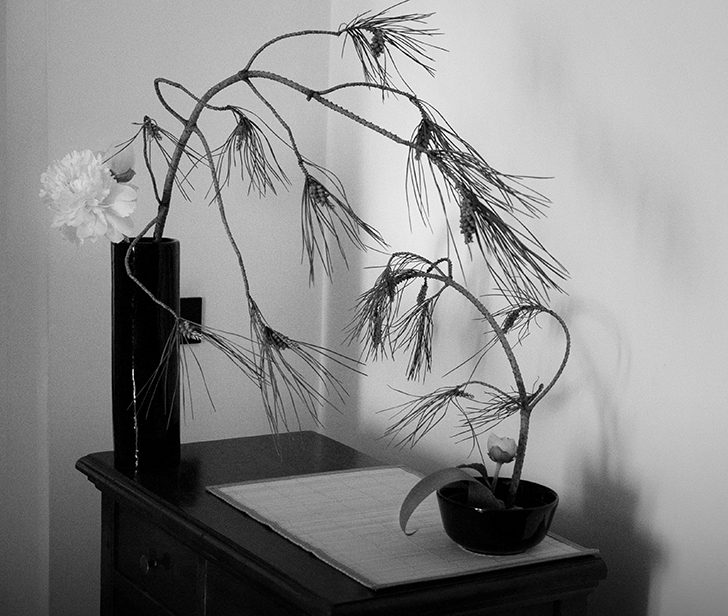


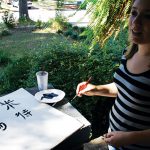

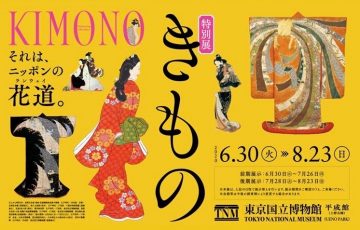
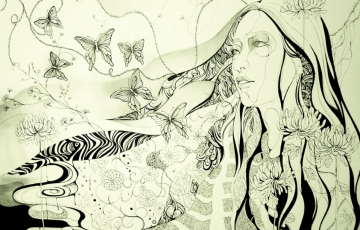

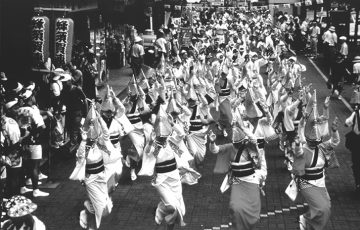
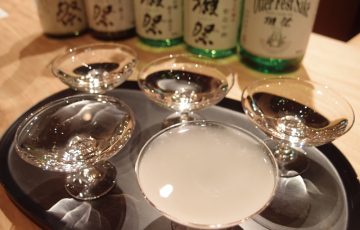
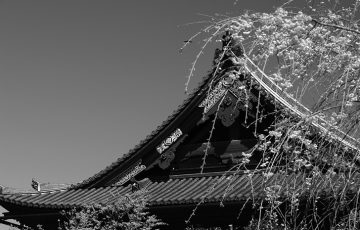
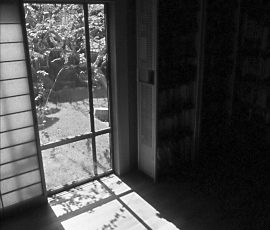


Recent Comments